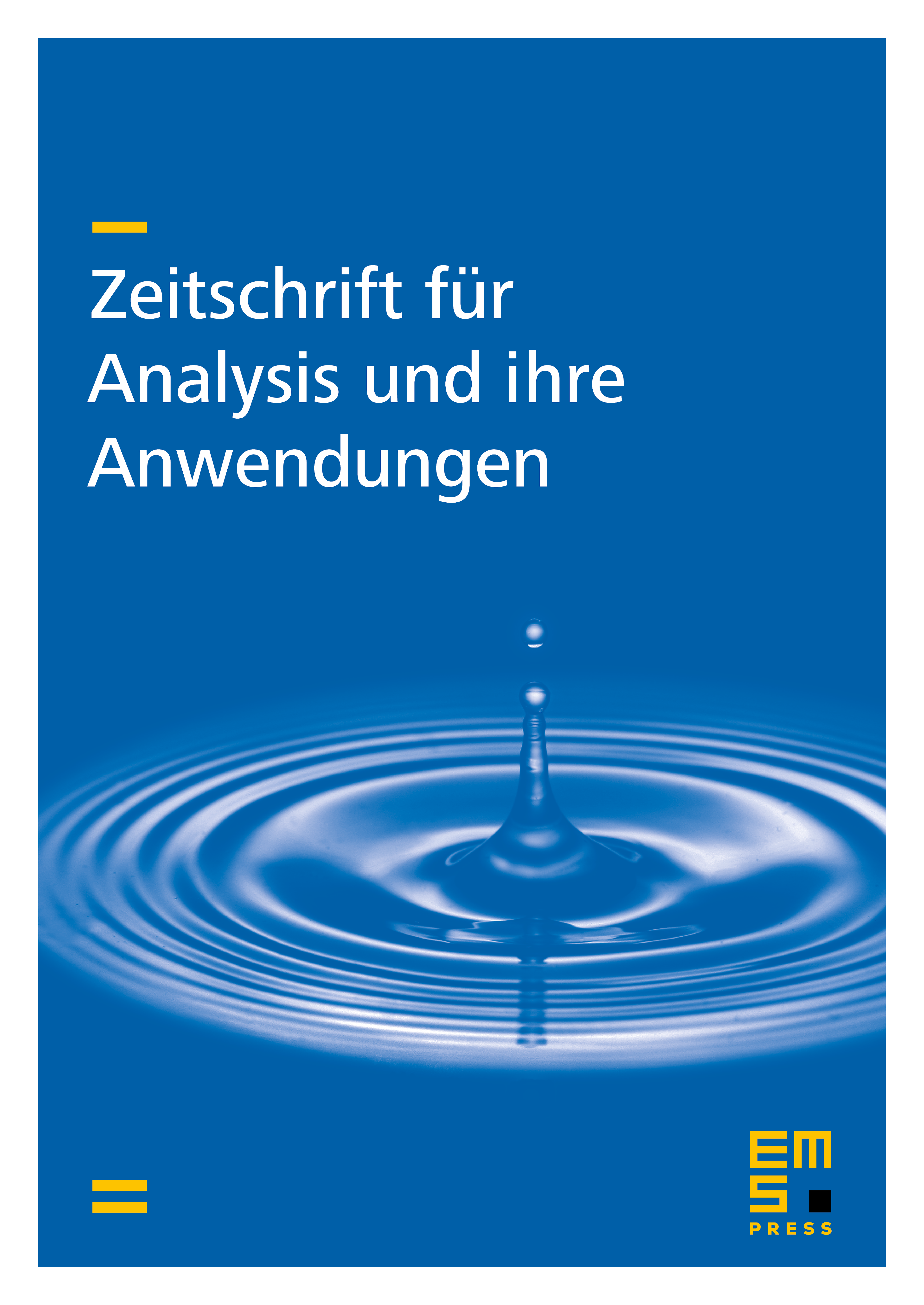Finite Time Singularity in a MEMS Model Revisited
Philippe Laurençot
Université de Toulouse, FranceChristoph Walker
Leibniz Universität Hannover, Germany

Abstract
A free boundary problem modeling a microelectromechanical system consisting of a fixed ground plate and a deformable top plate is considered, the plates being held at different electrostatic potentials. It couples a second order semilinear parabolic equation for the deformation of the top plate to a Laplace equation for the electrostatic potential in the device. The validity of the model is expected to break down in finite time when the applied voltage exceeds a certain value, a finite time singularity occurring then. This result, already known for non-positive initial configurations of the top plate, is here proved for arbitrary ones and thus now includes, in particular, snap-through instabilities.
Cite this article
Philippe Laurençot, Christoph Walker, Finite Time Singularity in a MEMS Model Revisited. Z. Anal. Anwend. 37 (2018), no. 2, pp. 209–219
DOI 10.4171/ZAA/1610